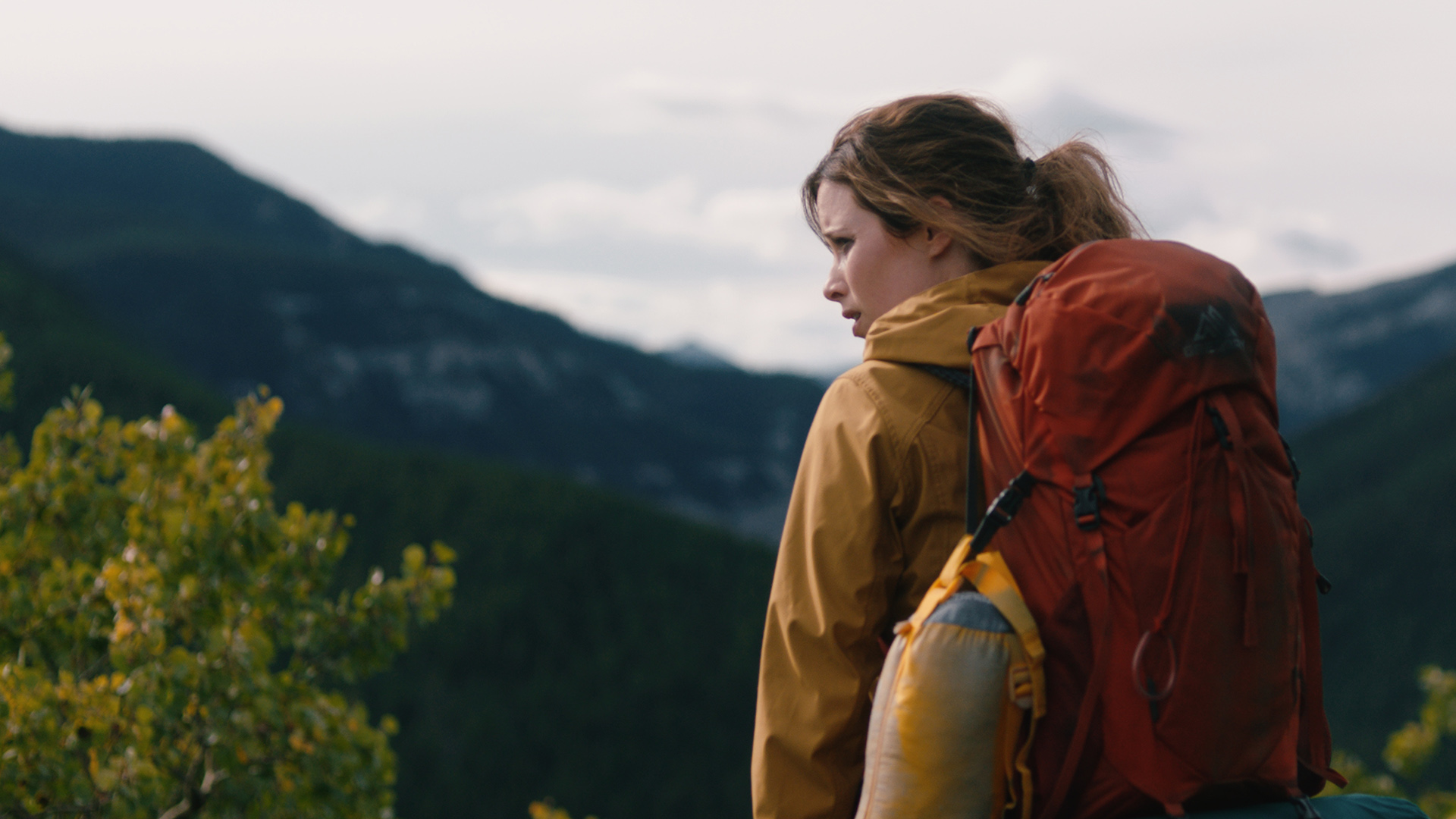Berkley Brady on Her Directorial Debut, Dark Nature
In a recent interview with Heaven of Horror, writer/director Berkley Brady shares insights about her new film, Dark Nature, which has been released by Epic Pictures’ Dread label. Dark Nature, set in the Canadian Rockies, follows Joy, a survivor of domestic violence, as she embarks on a therapeutic retreat with her friend Carmen and a group led by the enigmatic Dr. Dunnley. As the line between reality and illusion blurs, Joy begins to suspect that her abuser is stalking them, while the entire group faces an even greater menace from their past.
The Journey of Dark Nature
Dark Nature is not only directed but also written by Brady. When asked about the script’s development, she reveals that it took approximately a year and a half to write, with adjustments being made during production. This highlights the commitment to crafting a compelling narrative.
Pre-Production Challenges
Brady sheds light on the extensive efforts undertaken during the pre-production phase of Dark Nature. Exploring remote locations involved a lot of hiking, with suggestions from friends serving as valuable pointers. The adventurous spirit of the team led them to climb ice caves, although shooting took place below due to safety concerns. Brady shares a captivating image of the breathtaking mountain view to give readers a glimpse of the scenic backdrop in the film.
The Casting Process
As the writer and director, Brady was significantly involved in the casting process. She specifically mentions actress Hannah Emily Anderson, known for her roles in various horror titles, such as The Purge series, Jigsaw, and The Curse of Audrey Earnshaw. Brady recognized Anderson’s talent and range, making her a perfect fit for Dark Nature.
A Return to Practical Effects
Dark Nature embraces the use of practical effects for its woodland creature. Brady reveals that both she and producer Michael Peterson were passionate about employing practical effects whenever possible. This choice adds a touch of authenticity and charm to the film, engaging audiences with tangible visual experiences.
A Memorable Scene
Brady reflects on her favorite scene in the film, which involves the characters relieving themselves in the woods. She lauds the comedic performances of Hannah Emily Anderson and Madison, expressing her admiration for the energy they brought to the scene. Additionally, she mentions having additional footage that couldn’t make it into the final cut but still appreciates the overall impact.
Overcoming Challenges with Cinematography
The daunting task of capturing shots in challenging environments such as woods, caves, and night settings is highlighted. Brady commends cinematographer Jaryl Lim for his expertise in lighting and gear, ensuring that the visual aesthetics aligned with the film’s vision while maintaining a logical approach.
Dark Nature’s Unique Emphasis
Brady believes that Dark Nature stands out from other horror films by not only delivering scares but also emphasizing friendship and love. The movie aims to be both visually stunning and terrifying, providing an experience that goes beyond traditional genre tropes.
Unseen Gems Left Behind
A regrettable aspect of post-production is the necessity of leaving certain scenes on the cutting room floor. Brady mentions a therapy scene that she wishes could have been included. It featured beautiful lighting and allowed the characters to express emotions and confront their inner turmoil.
A Pleasant Surprise in the Filmmaking Process
As Dark Nature marks Brady’s directorial debut, she reflects on the challenges of production. Despite the grueling hours and demanding locations, she was pleasantly surprised by her love for the sound design process. Working with sound designers at Propellor Studios in Calgary was a thoroughly enjoyable experience, and Brady acknowledges the vital role sound plays in horror films.
A Personal Connection to Horror
Brady’s personal passion for horror shines through as she declares herself a huge fan of the genre. She lists The Exorcist, the Hills Have Eyes remake, High Tension, and The Descent among her favorites, showcasing her deep appreciation for quality horror movies.
Conclusion
In conclusion, Berkley Brady’s Dark Nature demonstrates her prowess as both a writer and director. With extensive efforts put into crafting the script, exploring breathtaking locations, and embracing practical effects, the film offers audiences a unique blend of scares, friendship, and love. Brady’s personal journey through the filmmaking process, coupled with her love for horror, adds depth and authenticity to Dark Nature.
Frequently Asked Questions
1. How long did it take to write the script for Dark Nature?
Writing the script for Dark Nature took approximately a year and a half, with additional changes made during production to enhance the story.
2. Why did Berkley Brady choose practical effects over CGI in Dark Nature?
Brady and her producer, Michael Peterson, felt strongly about using practical effects to create an authentic and visceral experience for the audience.
3. What sets Dark Nature apart from other horror films?
Dark Nature not only provides scares but also emphasizes the importance of friendship and love, making it a beautifully haunting ode to these themes.
4. Were any scenes left out during the editing process of Dark Nature?
Unfortunately, there was a therapy scene that Brady wished could have been included. The scene had stunning lighting and allowed characters to confront their emotions.
5. What surprised Berkley Brady during her directorial debut?
Despite the challenges of production, Brady found herself pleasantly surprised by her newfound passion for the sound design process, which played a crucial role in enhancing the horror elements of the film.

